Green leafy vegetables help us stay healthy and are recognized as good ingredients for a nutritious, healthy daily meal.
Most leafy green vegetables are also dark green vegetables, which people should consume regularly.
Although it has many good effects, if processed incorrectly it will lose nutrients and even cause harm.
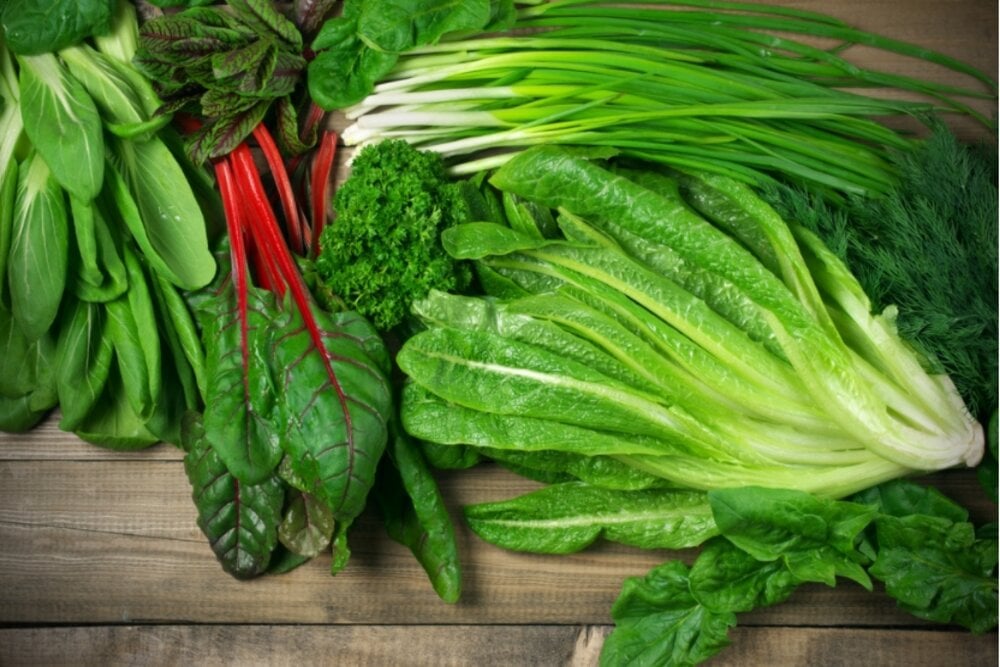
Green leafy vegetables contain more calcium than milk including spinach, cabbage, kale, rapeseed, mushrooms, amaranth, sweet potato leaves...
5 mistakes when processing vegetables that cause loss of nutrients and produce toxins
1. Prepare vegetables before washing, do not leave them for too long without cooking.
Many housewives have the habit of trimming off the outer part of vegetables, then washing them many times to clean them. In fact, this is a harmful habit that causes vegetables to lose their nutrients and inherent health benefits.
It is best to wash vegetables thoroughly before processing to retain all the nutrients.
The reason is that vitamins in vegetables are often in liquid form, easily dissolved when washed and washed away with water. In addition, cutting and washing vegetables without cooking them immediately also causes a large amount of vitamins in vegetables to be lost through the process of water evaporation.
2. Adding too much oil when stir-frying vegetables
Many people add too much oil to stir-fried vegetables, causing the vegetables to be "full" of fat. In addition, when heated, the oil will have a very high temperature, causing the vitamins in the vegetables to burn and lose all nutrients.
It is best to lightly coat the pan with a little oil, then stir-fry over high heat until just cooked to minimize loss of nutrients from the vegetables.
3. Cooking vegetables too much, too long
Nutritionists recommend not cooking green vegetables for too long because the nutrients and vitamins in vegetables are very "sensitive". If cooked over a small, smoldering flame for a long time, they will be completely destroyed.
So when preparing this type of food, you should limit the amount of water you add to minimize the loss of vitamins from the vegetable.
4. Soaking vegetables in salt water for too long
Many housewives have the habit of soaking vegetables in salt water for 30 minutes before cooking because they are afraid of residual pesticides and worms. However, experts say that this does not reduce the amount of chemicals on vegetables but also changes the flavor of the vegetables. Soaking raw vegetables for more than 10 minutes will cause the loss of most of the nutrients.
The best way to ensure the safety of vegetables is to wash each leaf directly under running water to remove worm eggs, disease-causing bacteria and chemical residues. The longer the vegetables are soaked, the more the vitamins in the vegetables will dissolve in the water.
5. Discard the nutritious parts of vegetables
Many people when preparing vegetables often throw away some parts because they think they are inedible, such as broccoli stems and leaves, cucumber peels, carrot peels, etc.
According to experts, these parts always contain many nutrients that other parts do not have, even have a much higher vitamin content. It is best to wash and eat them instead of cutting them off.
4 Health Benefits of Green Leafy Vegetables
A rich source of calcium
Green leafy vegetables that contain more calcium than milk include spinach, cabbage, kale, rapeseed, mushrooms, amaranth, sweet potato leaves and dill...
Although some vegetables contain oxalic acid which affects calcium absorption, most of the oxalic acid can be removed by blanching in boiling water before cooking.
In addition, these vegetables are also rich in vitamin K which helps calcium deposit into bones, so you should eat some green leafy vegetables every day to supplement calcium.
Control blood sugar
A review published in the British Medical Journal in 2014 looked at 21,000 diabetic patients who were followed for 4.6 to 23 years on certain diets.
The results showed that green leafy vegetables can significantly reduce the risk of diabetes. If the amount of green leafy vegetables is increased by 0.2 servings per day, the risk of diabetes will be reduced by 13%.

Green leafy vegetables can help control blood sugar levels. Photo illustration Pixabay
May reduce the risk of lung cancer
Several studies have shown that eating plenty of green leafy vegetables may reduce the risk of lung cancer.
Among them, a study on more than 60,000 men in Shanghai (China) followed for nearly 6 years, showed that increasing the amount of green leafy vegetables from 35 grams/day to 176 grams/day will reduce the risk of lung cancer by 28%.
Helps the brain function better
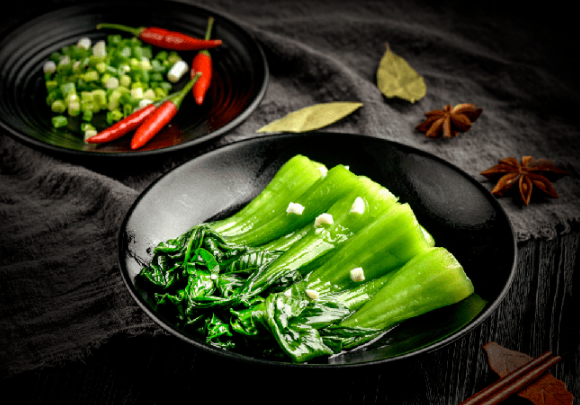
Many studies show that eating lots of green leafy vegetables can reduce the risk of lung cancer. Illustration photo SH
A study published in the renowned academic journal "Neurology" found that eating a serving of green leafy vegetables (about 100 grams) a day can help delay age-related cognitive decline.
Conventional wisdom says your brain may become less active as you age, but eating more green leafy vegetables may delay this change.
Surely you didn't expect that eating lots of green leafy vegetables has so many benefits, right?
Which vegetables need to be blanched before eating?
In the digestive tract, oxalic acid and calcium can combine to form insoluble calcium oxalate, reducing the absorption rate of calcium.
In addition, large amounts of oxalic acid absorbed into the blood will increase the oxalic acid content in the urine and increase the formation of calcium oxalate stones.
So, if you want green leafy vegetables to better supplement calcium, you must first remove oxalic acid.
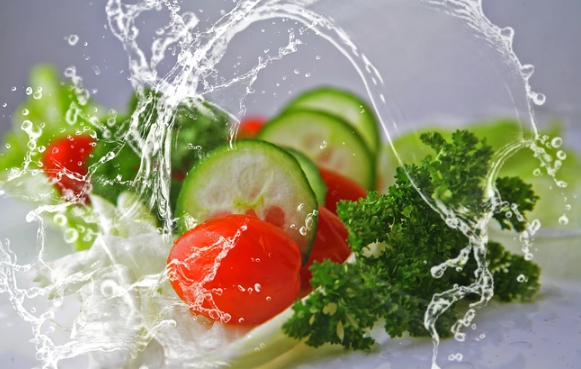
Surely you didn't expect that eating lots of green leafy vegetables has so many benefits, right? Illustration photo SH
Oxalic acid in vegetables is divided into insoluble and soluble. Insoluble oxalic acid is difficult to remove by cooking, but soluble oxalic acid can be effectively removed by heating.
This is because heating can destroy the cell structure of vegetables and promote the dissolution of oxalic acid. Therefore, before stir-frying vegetables containing a lot of oxalic acid, you should blanch them in boiling water before processing.
Vegetables with high oxalic acid content in green leafy vegetables include water spinach, spinach, mustard greens, Chinese cabbage, amaranth... These are vegetables with oxalic acid content higher than 200 mg/100g.
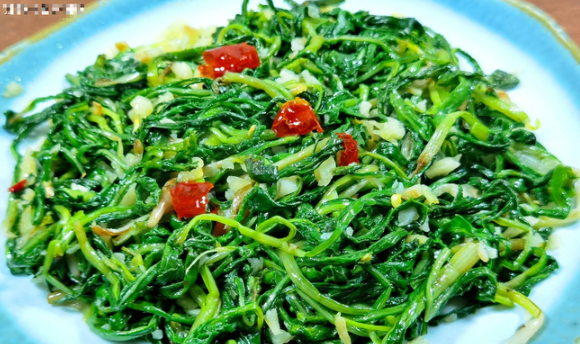
Therefore, if you want green leafy vegetables to better supplement calcium, you must first remove oxalic acid. Illustration photo SH
Should you eat green leafy vegetables that have been cooked overnight?
Among all vegetables, leafy vegetables are the easiest to accumulate nitrate, nitrate under the action of bacteria will produce nitrite, the nitrite content in leafy vegetables is the highest among vegetables.
The most worrying thing about overnight vegetables is the nitrite problem. There was an experiment comparing the nitrite content of overnight stir-fried mustard greens, the results showed that the nitrite content of stir-fried mustard greens left at room temperature overnight was very high, exceeding food safety standards.
However, there was no significant change in nitrite content in stir-fried mustard greens refrigerated at 4°C for 24 h.
However, some experiments have found that even if fried spinach is left in the refrigerator for 16 hours, nitrite will exceed food safety standards.
Therefore, you should not eat processed vegetables overnight but should eat immediately after processing. Even if the nitrite content in green leafy vegetables left overnight does not exceed the standard, reheating and eating will cause more nutrients to be lost and the taste will be worse.

Vegetables with high oxalic acid content in green leafy vegetables include water spinach, spinach, mustard greens, Chinese cabbage, amaranth... Illustration photo Inf.news
How to process green vegetables to retain nutrients?
Stir-fry quickly
Cooking at high temperatures will destroy heat-sensitive nutrients, especially green vegetables, but quick stir-frying will reduce nutrient loss.
Some studies show that when stir-fried at 160-200 degrees Celsius for 1-2 minutes, the rate of nutrient retention in vegetables is as high as 86-90%.
However, when stir-frying, you should heat the pan with cold oil to reduce the production of trans fatty acids and carcinogens. In addition, you should add less oil and not drizzle with oil before using.
In addition, green leafy vegetables high in oxalic acid such as spinach and amaranth need to be blanched in boiling water before frying to remove most of the oxalic acid that affects calcium absorption.
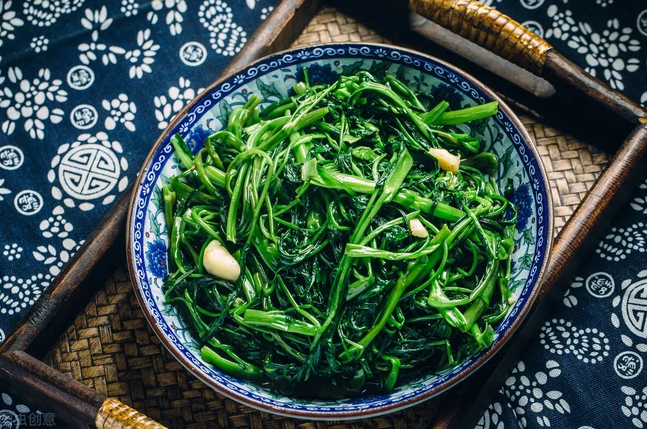
Vegetables should be stir-fried quickly over high heat. Illustration photo SH
Mix in some cornstarch and steam until cooked.
Wash green leafy vegetables such as celery leaves and chrysanthemum greens, sprinkle some cornstarch on top, put in the steamer, steam for 2 minutes then drizzle with sesame sauce or homemade sauce (soy sauce, minced garlic, chili, sesame oil) and enjoy.
Steaming reduces contact with water, water-soluble vitamins are not lost much, steaming time is short, heat-sensitive vitamin C is not lost much.
Blanch or boil in boiling water
This is the most commonly used method in my family, applied to vegetables such as mustard greens, amaranth, bean sprouts...
Blanch green leafy vegetables directly in boiling water, remove, drain and dip in fish sauce or mix with sesame sauce, garlic vinegar, salad dressing, chili sauce and serve.
If you don't like your leafy greens turning yellow, don't add vinegar when mixing, as the chlorophyll will turn yellow when exposed to acid.
Sometimes, you can also heat a pan with cold oil, stir-fry some chili, minced garlic and pour it over blanched vegetables (boiled) to give a delicious flavor without losing much nutrients.
Eat raw
Lettuce, salad greens, and herbs are the most commonly eaten raw among the green leafy vegetables.
Although they retain more nutrients when eaten raw, remember to wash thoroughly. May be used in high-fat condiments such as sesame sauce and salad dressing.

Lettuce, salad greens, and herbs are the most commonly eaten raw among the green leafy vegetables. Photo illustration Pixabay
Finally, it should be noted that fresh green leafy vegetables that cannot be preserved should be kept in the refrigerator and should be eaten within 2-3 days. If stored for a long time, they will easily wilt and the nitrite content will also increase, which is not good for health.
In the Nutrition Pyramid for Vietnamese adults approved by the Ministry of Health , the Institute of Nutrition recommends the consumption of fruits and vegetables at 480g - 560g/day.
This is equivalent to 6-7 units of vegetables and fruits, each unit is 80g of clean raw vegetables and fruits, not including waste such as peels, seeds, etc.; of which vegetable consumption is from 240 - 320g/day and ripe fruit consumption is 240g/day.
Although the World Health Organization WHO recommends eating only 400g of vegetables per day.
Source


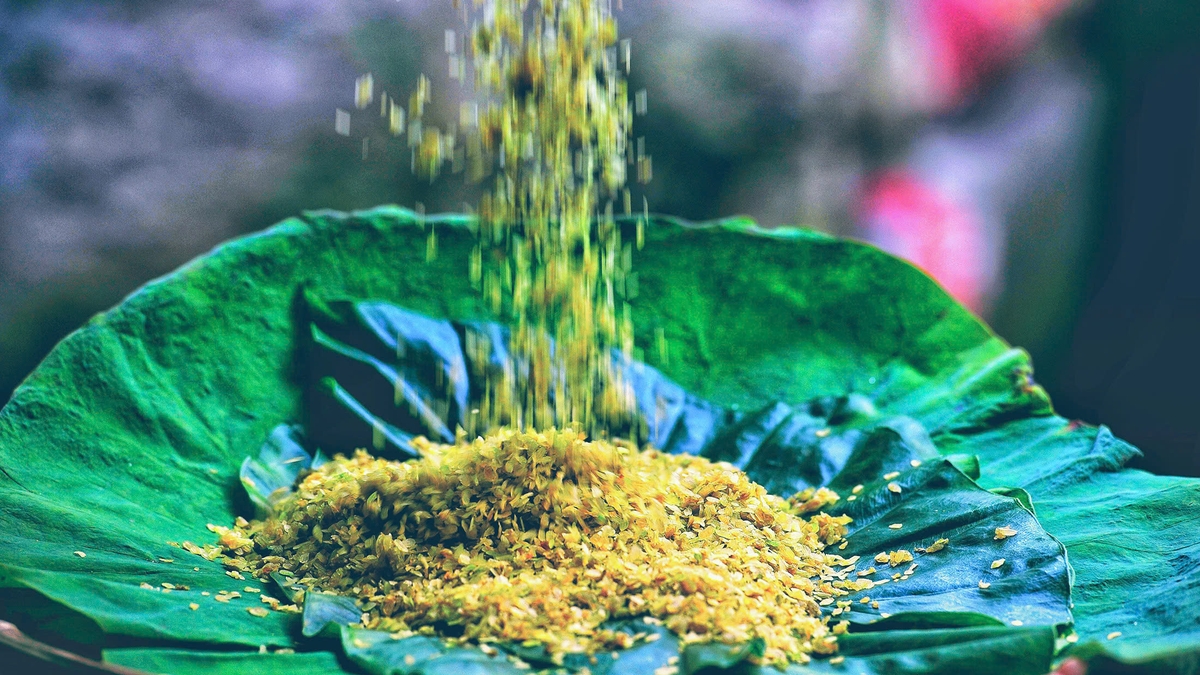







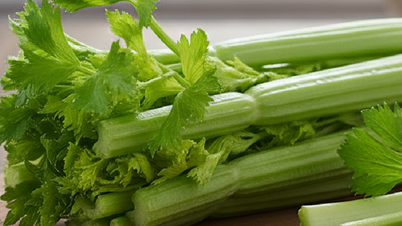





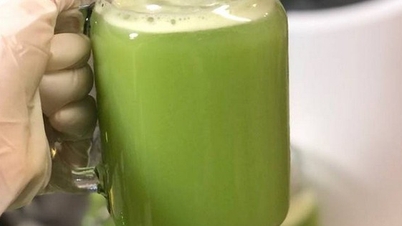























![[Video] Hue Monuments reopen to welcome visitors](https://vphoto.vietnam.vn/thumb/402x226/vietnam/resource/IMAGE/2025/11/05/1762301089171_dung01-05-43-09still013-jpg.webp)






































































Comment (0)